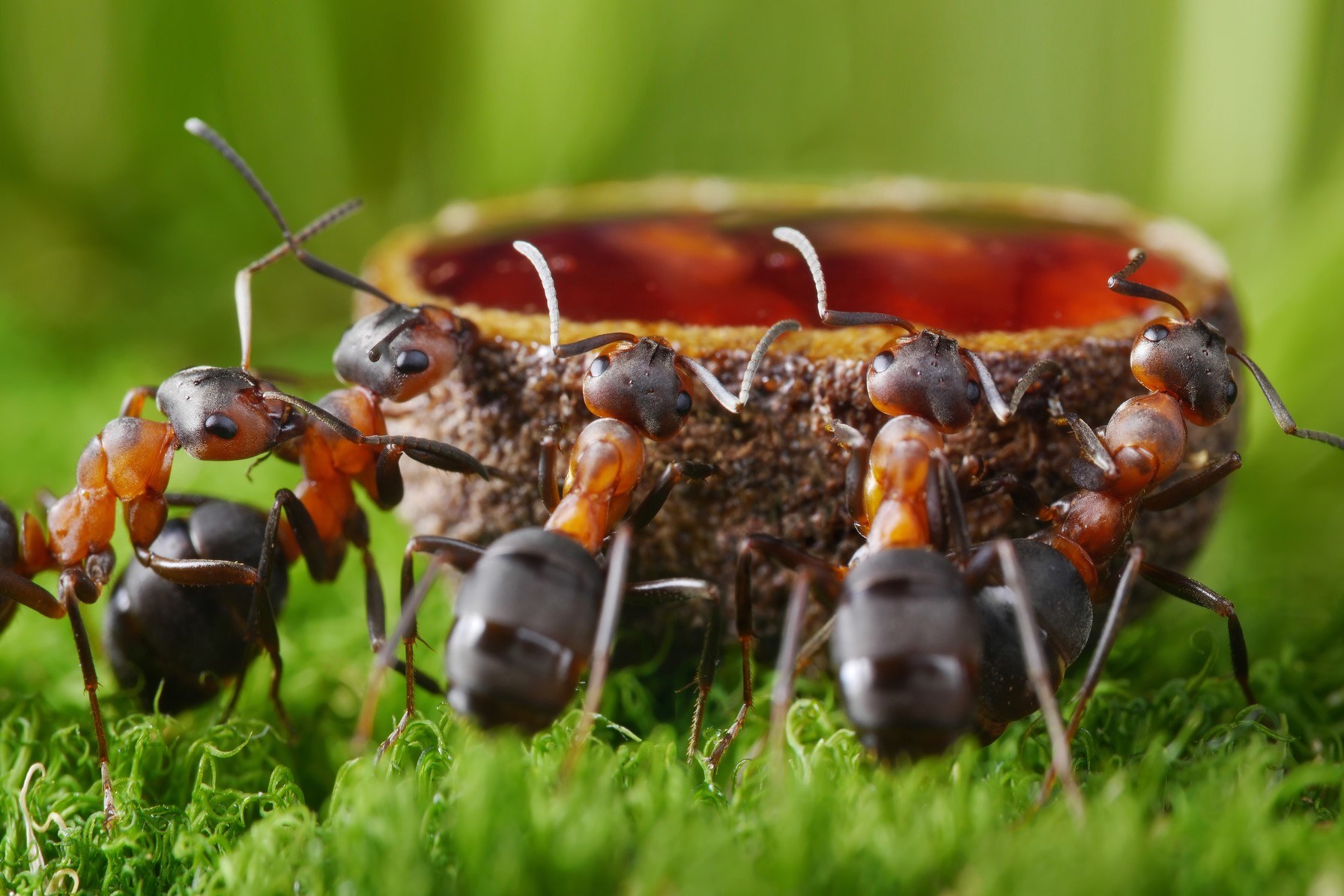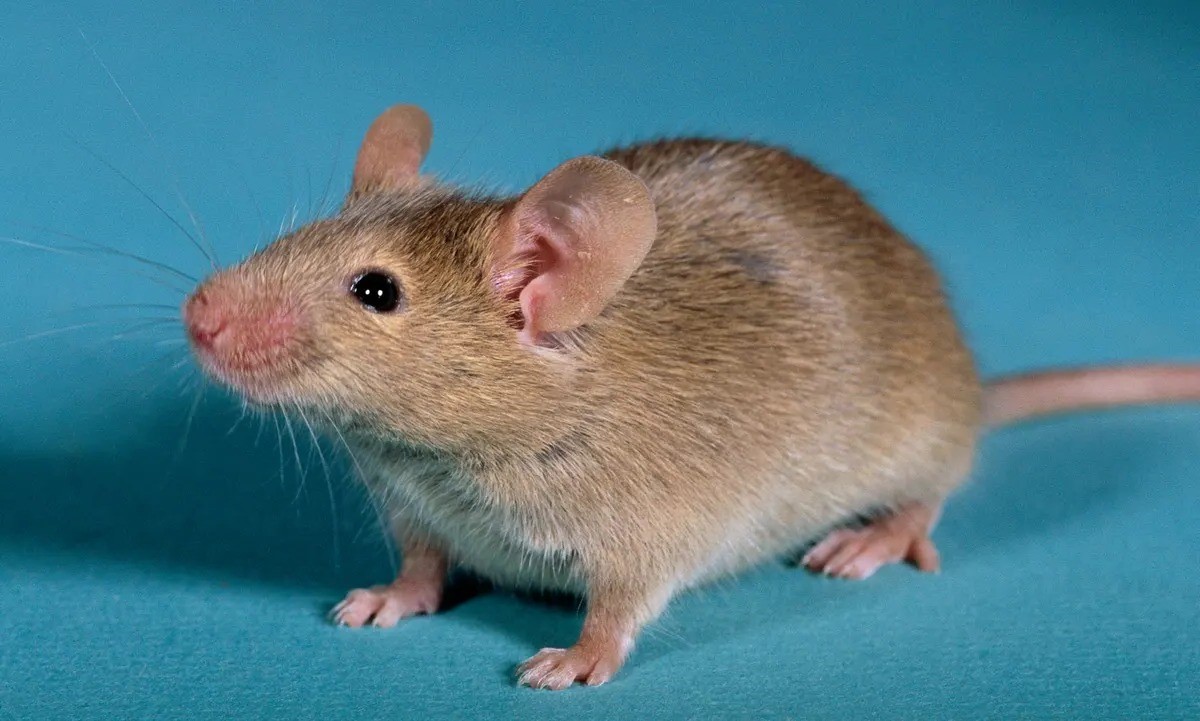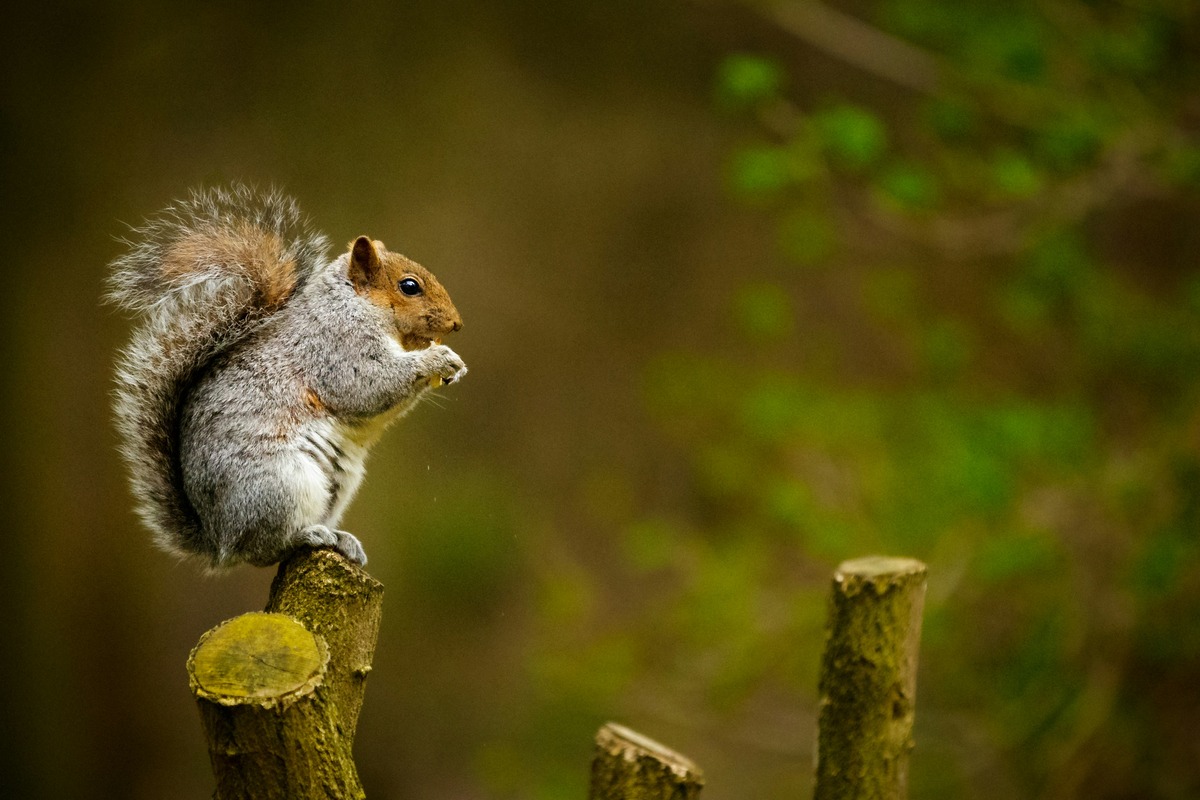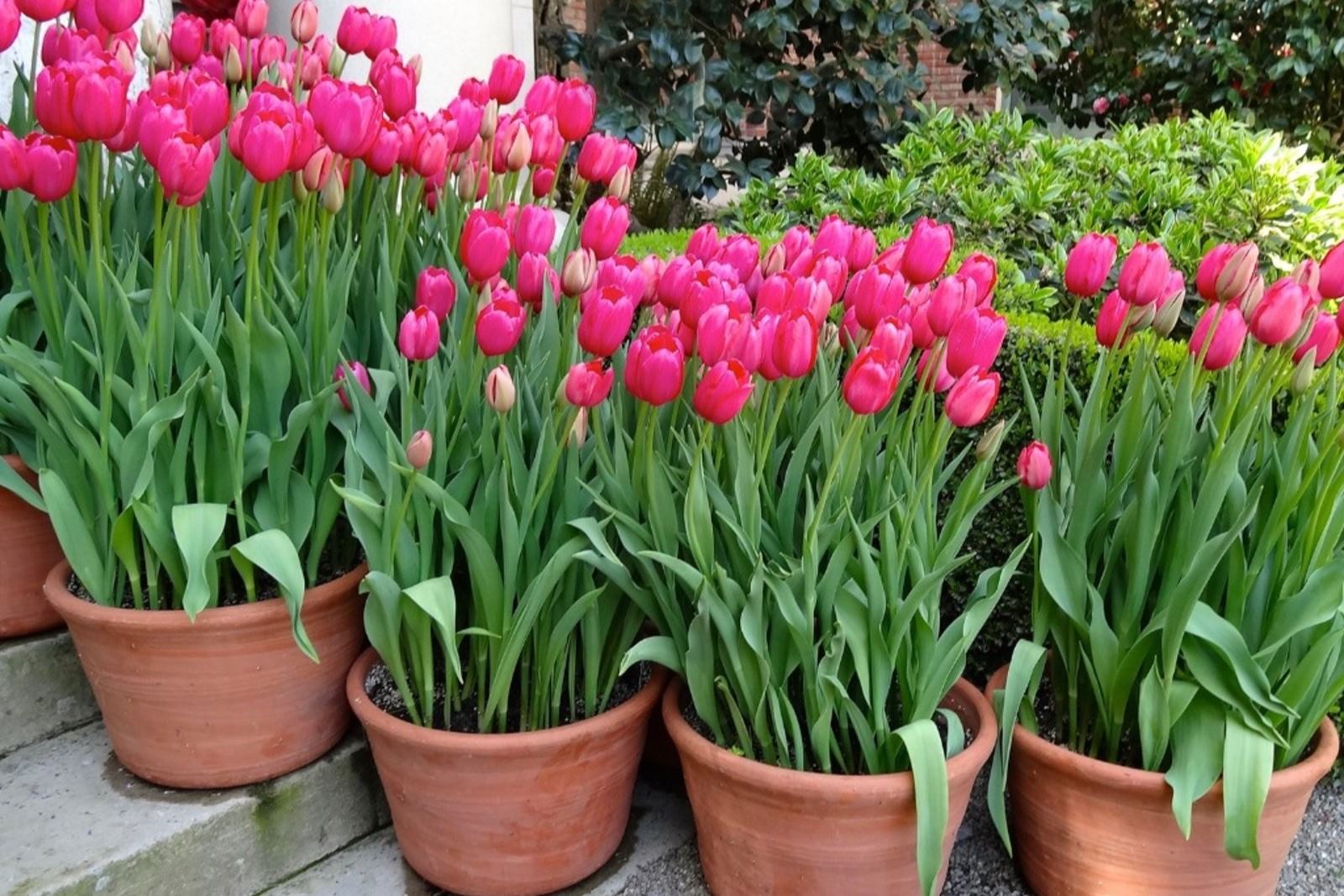Home>Home and Garden>The Ultimate Solution To Keep Ants Out Of Hummingbird Feeders


Home and Garden
The Ultimate Solution To Keep Ants Out Of Hummingbird Feeders
Published: February 8, 2024
Discover the ultimate solution to keep ants out of your hummingbird feeders with our effective home and garden tips. Keep your feeders ant-free and your hummingbirds happy!
(Many of the links in this article redirect to a specific reviewed product. Your purchase of these products through affiliate links helps to generate commission for Noodls.com, at no extra cost. Learn more)
Table of Contents
Introduction
Hummingbirds are fascinating creatures that bring joy and beauty to any garden. Their delicate and vibrant presence adds a touch of magic to the natural world, making them a favorite among bird enthusiasts. However, one common issue that many hummingbird enthusiasts face is the relentless invasion of ants in their feeders. These tiny pests can quickly become a nuisance, contaminating the nectar and driving away the very birds we aim to attract.
The presence of ants in hummingbird feeders is not only bothersome but also poses a threat to the health of the hummingbirds. Ants are attracted to the sweet nectar, and once they find their way into the feeder, they can contaminate the nectar with their presence and potentially deter the hummingbirds from feeding. This can be detrimental, especially during the crucial migration periods when hummingbirds rely on the feeders for sustenance.
In the quest to maintain a welcoming environment for these enchanting birds, it becomes essential to explore effective solutions to keep ants out of hummingbird feeders. While various methods have been employed to address this issue, such as using petroleum jelly or water barriers, these solutions often come with their own set of challenges and may not provide a foolproof remedy.
Amidst this challenge, there exists an ultimate solution that not only effectively deters ants but also ensures the uninterrupted enjoyment of hummingbirds in your garden. This solution comes in the form of ant moats, a simple yet ingenious device that acts as a barrier, preventing ants from reaching the precious nectar in the feeder.
In the subsequent sections of this article, we will delve deeper into the problem of ants in hummingbird feeders, explore common methods used to keep ants out, and ultimately unveil the ultimate solution: ant moats. Furthermore, we will provide a step-by-step guide on how to craft your own ant moat, offering a cost-effective and sustainable approach to safeguarding your hummingbird feeders. Let's embark on this journey to create a harmonious environment for these delightful birds while reveling in the beauty they bring to our gardens.
Understanding the Problem
The presence of ants in hummingbird feeders poses a multifaceted challenge for both the birds and the enthusiasts who endeavor to provide them with a welcoming environment. When ants infiltrate the feeders, they not only disrupt the peaceful coexistence between humans and hummingbirds but also jeopardize the well-being of these captivating creatures.
Ants are naturally drawn to the sweet nectar that hummingbird feeders offer. Their relentless pursuit of this sugary sustenance leads them to navigate any obstacle in their quest to reach the coveted food source. Once inside the feeder, ants can contaminate the nectar with their presence, rendering it unappealing and potentially harmful to the hummingbirds. This contamination not only affects the quality of the nectar but also deters the hummingbirds from feeding, disrupting their vital source of nutrition.
Furthermore, the presence of ants in the feeders can lead to a decline in the overall hygiene of the feeding apparatus. As the ants navigate through the nectar, they leave behind traces of their presence, compromising the cleanliness of the feeder and potentially creating an environment conducive to bacterial growth. This not only poses a threat to the health of the hummingbirds but also necessitates frequent cleaning and maintenance, adding an additional burden to the enthusiasts.
In addition to the direct impact on the hummingbirds and the cleanliness of the feeders, the presence of ants can also diminish the overall enjoyment of observing these magnificent birds. Enthusiasts who eagerly anticipate the sight of hummingbirds visiting their feeders may find their experience marred by the unwelcome intrusion of ants, detracting from the serene and enchanting ambiance they seek to cultivate in their gardens.
Understanding the multifaceted nature of this problem is crucial in devising an effective and sustainable solution. While various methods have been employed to address the issue of ants in hummingbird feeders, the ultimate goal is to create an environment where hummingbirds can thrive undisturbed, and enthusiasts can revel in the beauty of these remarkable birds without the encumbrance of persistent ant invasions. This understanding serves as the foundation for exploring the ultimate solution to this perennial challenge: ant moats.
Common Methods for Keeping Ants Out
When it comes to addressing the persistent issue of ants infiltrating hummingbird feeders, enthusiasts have experimented with various methods in an attempt to deter these relentless pests. While some of these methods have shown promise, each comes with its own set of advantages and limitations. Here are some common methods employed to keep ants out of hummingbird feeders:
-
Petroleum Jelly: One popular approach involves applying a barrier of petroleum jelly around the hanger or hook from which the hummingbird feeder is suspended. The viscosity of the jelly creates an obstacle that ants find challenging to navigate, thereby preventing their access to the feeder. While this method can be effective, it requires frequent reapplication, especially in warmer climates where the jelly may melt or become less effective over time.
-
Water Barrier: Another widely used method involves creating a moat-like barrier around the hanging apparatus of the feeder. This is achieved by suspending the feeder from a wire or string, with a water-filled container, such as a small cup or bottle cap, acting as a deterrent to ants. The water barrier effectively prevents ants from reaching the feeder, as they are unable to traverse the water obstacle. However, this method requires regular monitoring and refilling to ensure the water barrier remains intact.
-
Ant Guards: Ant guards, which are commercially available devices designed to be affixed to the hanging mechanism of the feeder, utilize a water-filled chamber to deter ants from reaching the nectar. These ant guards often feature a cup or reservoir that can be filled with water, creating an effective barrier against ant intrusion. While ant guards can be a convenient and reliable solution, they may require periodic cleaning and maintenance to prevent contamination and ensure optimal functionality.
-
Mint and Cinnamon: Some enthusiasts have explored natural deterrents such as mint and cinnamon to discourage ants from approaching the feeder. Sprinkling these aromatic substances around the base of the feeder or incorporating them into the nectar can act as a deterrent to ants due to their strong scent. While this method offers a natural and potentially fragrant solution, its effectiveness may vary, and frequent reapplication may be necessary.
While these methods have been employed with varying degrees of success, they often require consistent monitoring and maintenance to ensure their continued effectiveness. Despite their merits, these conventional approaches may not offer a foolproof solution to the persistent challenge of ant invasions in hummingbird feeders. This leads us to explore the ultimate solution: ant moats.
The Ultimate Solution: Ant Moats
Amidst the persistent challenge of keeping ants out of hummingbird feeders, the ultimate solution emerges in the form of ant moats. These ingenious devices serve as a reliable and effective barrier, providing a sustainable means of deterring ants from infiltrating the precious nectar intended for hummingbirds.
Ant moats are designed to create an impassable obstacle for ants, thereby safeguarding the integrity of the hummingbird feeder. Consisting of a small, water-filled reservoir, ant moats are typically suspended between the hanging apparatus of the feeder and the point of attachment, forming an impenetrable barrier that prevents ants from reaching the feeder. The water acts as a natural deterrent, as ants are unable to traverse the liquid barrier, ensuring that the nectar remains uncontaminated and accessible solely to the intended beneficiaries – the hummingbirds.
What sets ant moats apart as the ultimate solution is their simplicity and effectiveness. Unlike other methods that may require frequent maintenance or reapplication, ant moats offer a sustainable and low-maintenance solution to the persistent challenge of ant invasions. Once installed, ant moats provide a reliable deterrent to ants without the need for constant monitoring or replenishment, allowing enthusiasts to enjoy the presence of hummingbirds without the encumbrance of persistent ant intrusions.
Furthermore, ant moats offer a cost-effective and environmentally friendly solution to the problem at hand. With their simple design and utilization of water as a natural barrier, ant moats present a sustainable approach that aligns with the ethos of harmonious coexistence with nature. Their ease of installation and long-term effectiveness make ant moats a valuable addition to any hummingbird feeder setup, offering peace of mind and ensuring a welcoming environment for these delightful birds.
In essence, ant moats stand out as the ultimate solution to the perennial challenge of ants in hummingbird feeders. Their simplicity, effectiveness, and sustainability make them a compelling choice for enthusiasts seeking a reliable and hassle-free method to safeguard their feeders and provide an uninterrupted source of nourishment for the enchanting hummingbirds that grace their gardens. By embracing the solution offered by ant moats, enthusiasts can create a harmonious and inviting space for hummingbirds, fostering a deeper connection with these captivating creatures while reveling in the beauty they bring to our natural surroundings.
How to Make Your Own Ant Moat
Crafting your own ant moat is a simple and rewarding endeavor that empowers you to proactively address the challenge of ants infiltrating your hummingbird feeders. By following these straightforward steps, you can create a cost-effective and sustainable ant moat using readily available materials, ensuring a reliable barrier against ant invasions.
Materials Needed:
- Small Container: Select a small, shallow container with a lid, such as a bottle cap or miniature dish, to serve as the reservoir for the ant moat.
- String or Wire: Choose a durable and weather-resistant string or wire to suspend the ant moat between the hanging apparatus of the feeder and the point of attachment.
- Water: Utilize clean, fresh water to fill the reservoir of the ant moat.
Step-by-Step Guide:
-
Prepare the Container: Ensure that the selected container is clean and free of any residues or contaminants. This will help maintain the integrity of the water and prevent any potential harm to the hummingbirds.
-
Drill a Hole: If the container does not already have a hole in the center of the lid, carefully drill a small hole that is just large enough to accommodate the string or wire that will suspend the ant moat.
-
Thread the String or Wire: Pass the string or wire through the hole in the lid, allowing it to extend through the top and bottom of the container. This will serve as the means to suspend the ant moat between the feeder and the hanging point.
-
Secure the Lid: Once the string or wire is threaded through the lid, secure the lid onto the container, ensuring a tight and leak-proof seal to prevent any water from escaping.
-
Suspend the Ant Moat: With the lid securely in place, suspend the ant moat between the hanging apparatus of the feeder and the point of attachment using the string or wire. Ensure that the ant moat is positioned in a manner that does not obstruct the movement of the feeder but creates a clear barrier against ant intrusion.
-
Fill with Water: Carefully fill the reservoir of the ant moat with clean, fresh water, ensuring that it is adequately filled to create an effective barrier against ants.
By following these simple steps, you can craft your own ant moat, providing a reliable and sustainable solution to safeguard your hummingbird feeders from persistent ant invasions. This cost-effective and environmentally friendly approach empowers you to create a welcoming environment for hummingbirds while mitigating the challenges posed by ant intrusions.
Conclusion
In the pursuit of creating a harmonious and inviting space for hummingbirds, the persistent challenge of ants infiltrating their feeders has been a longstanding concern for enthusiasts. This perennial issue not only disrupts the peaceful coexistence between humans and hummingbirds but also poses a threat to the well-being of these captivating creatures. Through our exploration of this challenge, we have uncovered common methods employed to deter ants from hummingbird feeders, ranging from petroleum jelly barriers to water-filled moats and natural deterrents such as mint and cinnamon. While these approaches have shown promise, they often require consistent monitoring and maintenance, presenting enthusiasts with ongoing challenges in ensuring the uninterrupted enjoyment of hummingbirds in their gardens.
Amidst these conventional methods, the ultimate solution emerges in the form of ant moats. These ingenious devices, designed to create an impassable barrier for ants, offer a sustainable and hassle-free means of deterring ant invasions in hummingbird feeders. By suspending a water-filled reservoir between the hanging apparatus of the feeder and the point of attachment, ant moats provide a reliable barrier that prevents ants from reaching the nectar, ensuring it remains uncontaminated and accessible solely to the intended beneficiaries – the hummingbirds.
The simplicity, effectiveness, and sustainability of ant moats make them the ultimate solution to the persistent challenge of ants in hummingbird feeders. Unlike other methods that may require frequent maintenance or reapplication, ant moats offer a low-maintenance and long-term deterrent to ants, allowing enthusiasts to revel in the presence of hummingbirds without the encumbrance of persistent ant intrusions. Furthermore, the cost-effectiveness and environmentally friendly nature of ant moats align with the ethos of harmonious coexistence with nature, offering a valuable addition to any hummingbird feeder setup.
By embracing the solution offered by ant moats, enthusiasts can create a welcoming environment for hummingbirds, fostering a deeper connection with these remarkable creatures while reveling in the beauty they bring to our natural surroundings. Through the implementation of ant moats, enthusiasts can proactively address the challenge of ant invasions, ensuring that hummingbird feeders remain sanctuaries of nourishment for these enchanting birds. As we continue to cultivate spaces that honor the presence of hummingbirds, the utilization of ant moats stands as a testament to our commitment to preserving the tranquility and vitality of these cherished visitors in our gardens.














